
The NC Extension Gardener Handbook Received the 2019 ASHS Outstanding Book Award
Congratulations to the entire team of authors, photographers and editors who worked together to create the NC Extension Gardener …



El inglés es el idioma de control de esta página. En la medida en que haya algún conflicto entre la traducción al inglés y la traducción, el inglés prevalece.
Al hacer clic en el enlace de traducción se activa un servicio de traducción gratuito para convertir la página al español. Al igual que con cualquier traducción por Internet, la conversión no es sensible al contexto y puede que no traduzca el texto en su significado original. NC State Extension no garantiza la exactitud del texto traducido. Por favor, tenga en cuenta que algunas aplicaciones y/o servicios pueden no funcionar como se espera cuando se traducen.
Inglês é o idioma de controle desta página. Na medida que haja algum conflito entre o texto original em Inglês e a tradução, o Inglês prevalece.
Ao clicar no link de tradução, um serviço gratuito de tradução será ativado para converter a página para o Português. Como em qualquer tradução pela internet, a conversão não é sensivel ao contexto e pode não ocorrer a tradução para o significado orginal. O serviço de Extensão da Carolina do Norte (NC State Extension) não garante a exatidão do texto traduzido. Por favor, observe que algumas funções ou serviços podem não funcionar como esperado após a tradução.
English is the controlling language of this page. To the extent there is any conflict between the English text and the translation, English controls.
Clicking on the translation link activates a free translation service to convert the page to Spanish. As with any Internet translation, the conversion is not context-sensitive and may not translate the text to its original meaning. NC State Extension does not guarantee the accuracy of the translated text. Please note that some applications and/or services may not function as expected when translated.
Collapse ▲
Congratulations to the entire team of authors, photographers and editors who worked together to create the NC Extension Gardener …
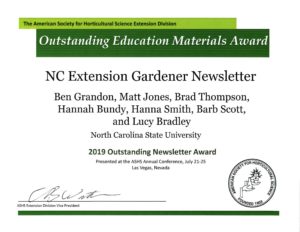
Congratulations to the Extension Gardener Editors Ben Grandon, Matt Jones, Brad Thompson, Hannah Bundy, Hanna Smith, Barbara Scott and …
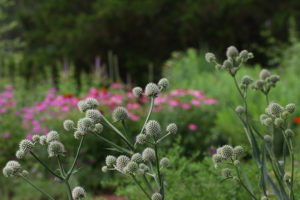
Photos by Debbie Roos, N.C. Cooperative Extension of Chatham County In late 2008, I planted a demonstration pollinator garden at Chatham …
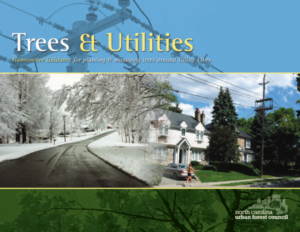
This new North Carolina Urban Forest Council publication by NC State University’s Dr. Barb Fair is a wonderful resource …

Coastal, Piedmont, and Mountain Editions Below are some of the featured topics. Summer-flowering trees and shrubs, Dwarf crested iris, Tomatillos, Straw …
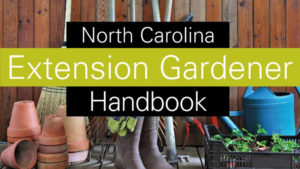
Handbook Plant Database Online Plant Identification Classes Trees, Shrubs, and Conifers Edibles, Bulbs, and Houseplants Annuals, Perennials, and …
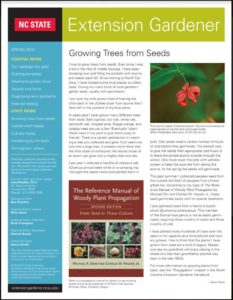
Click on the link below to take you to your region specific edition: Eastern: Sandhills & Coastal Plain Central: Piedmont Western: …
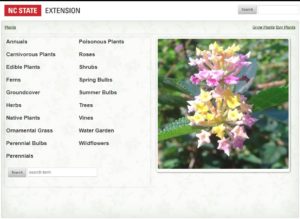
Take a quick tour to understand how the information and images are organized and then visit the NC State Extension …
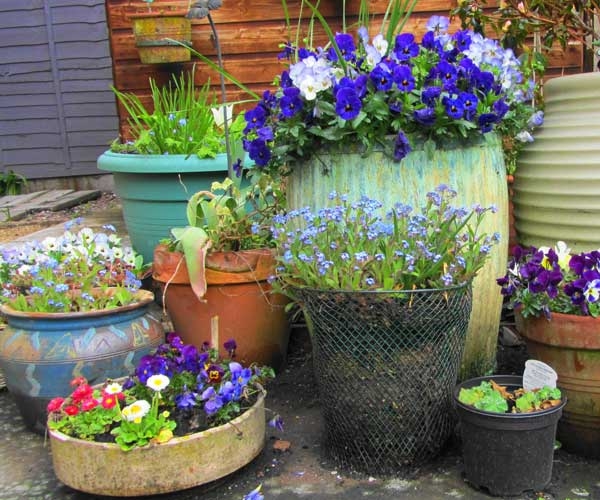
In this publication you will find ideas to get you started growing your own edibles. …

Black root rot impacts a range of woody and herbaceous ornamental plant species primarily in …
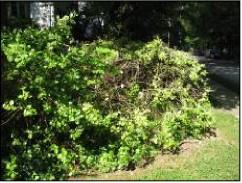
This Entomology Insect Note discusses how to identify and manage common armored scale insects that …

This factsheet describes the biology of the maskell scale, Lepidosaphes maskelli, and provides residential management …
This guide is designed to help turf managers identify the major turfgrass pests found in …
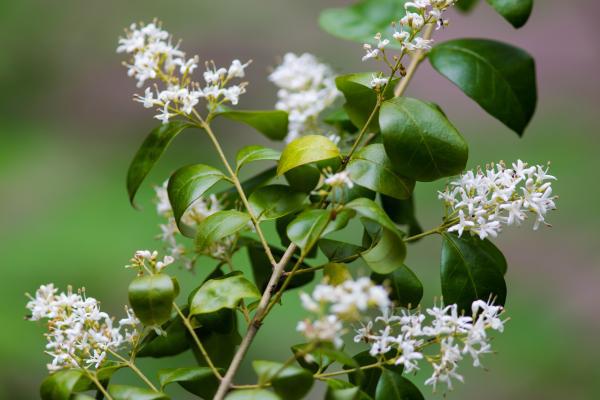
This native plants chapter of the Extension Gardener Handbook defines the term native, why gardeners …

This field guide and linked resources provide information on basic insect identification, sampling methods, monitoring, …

This publication alerts prospective gardeners to some of the most common contaminants in urban soils, …